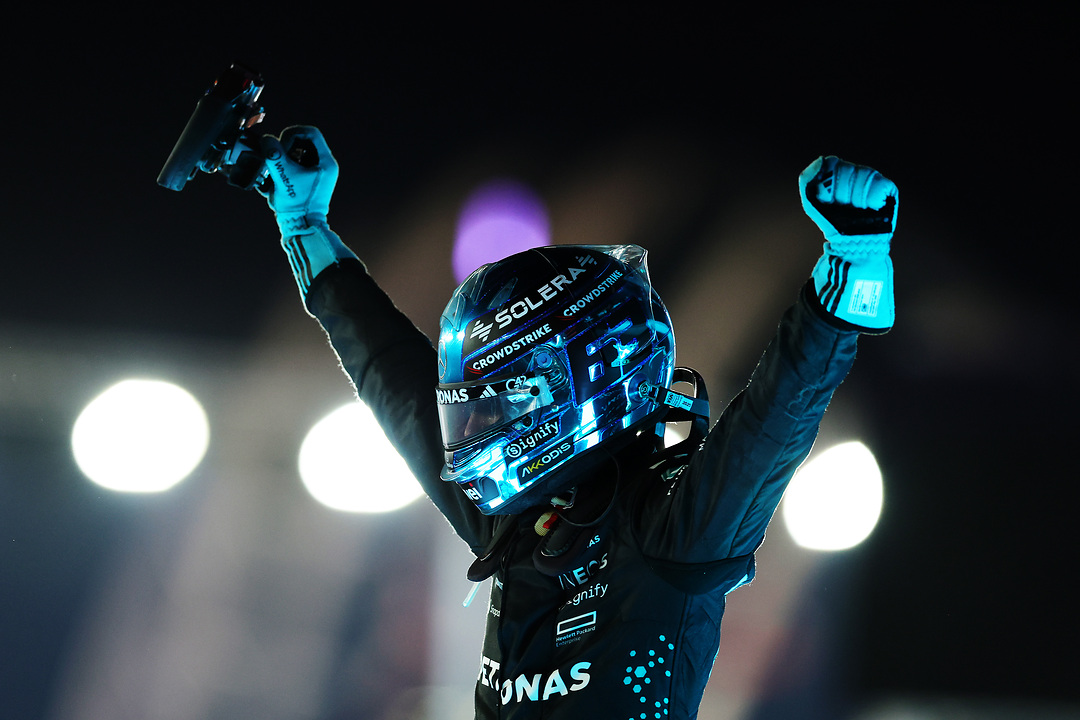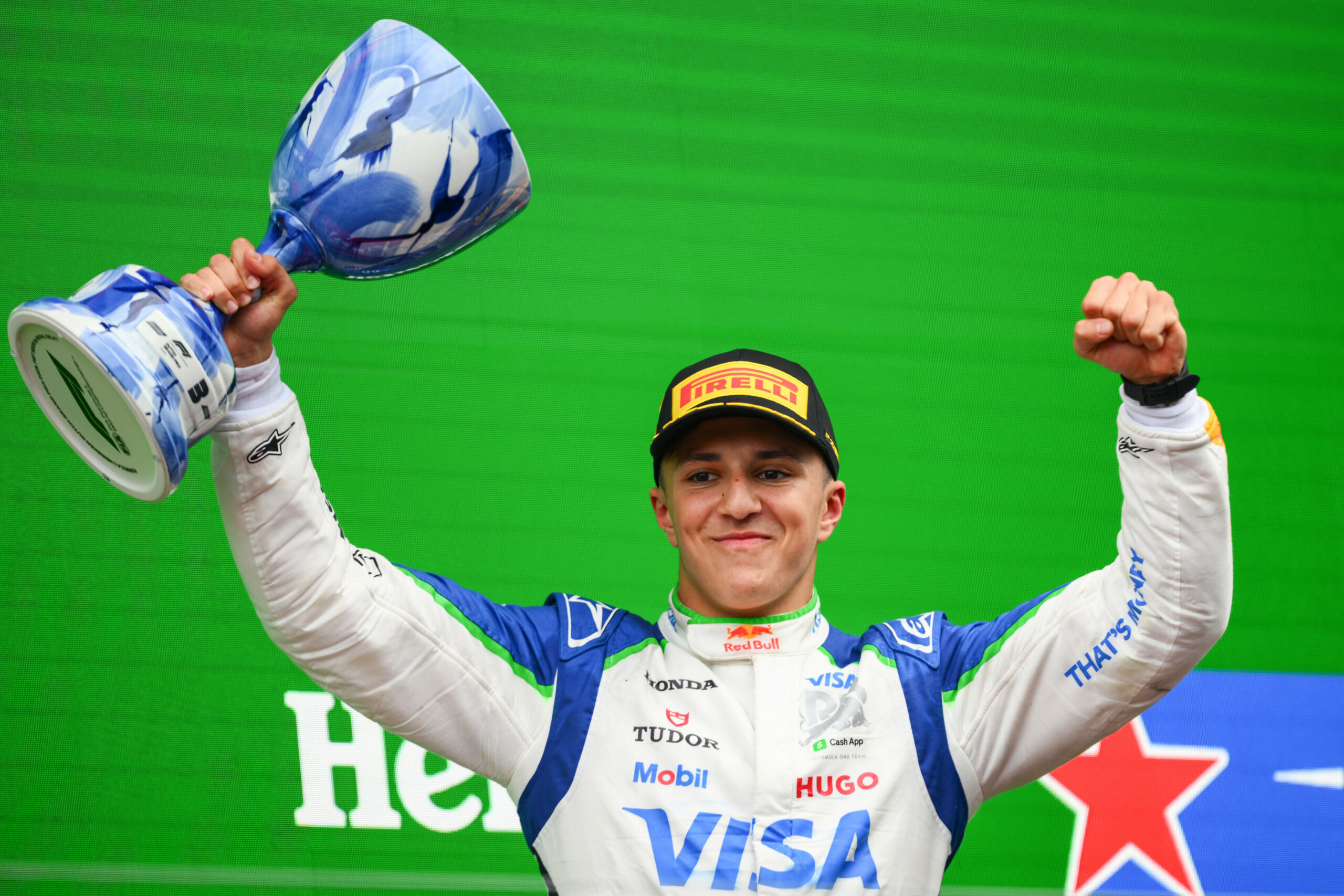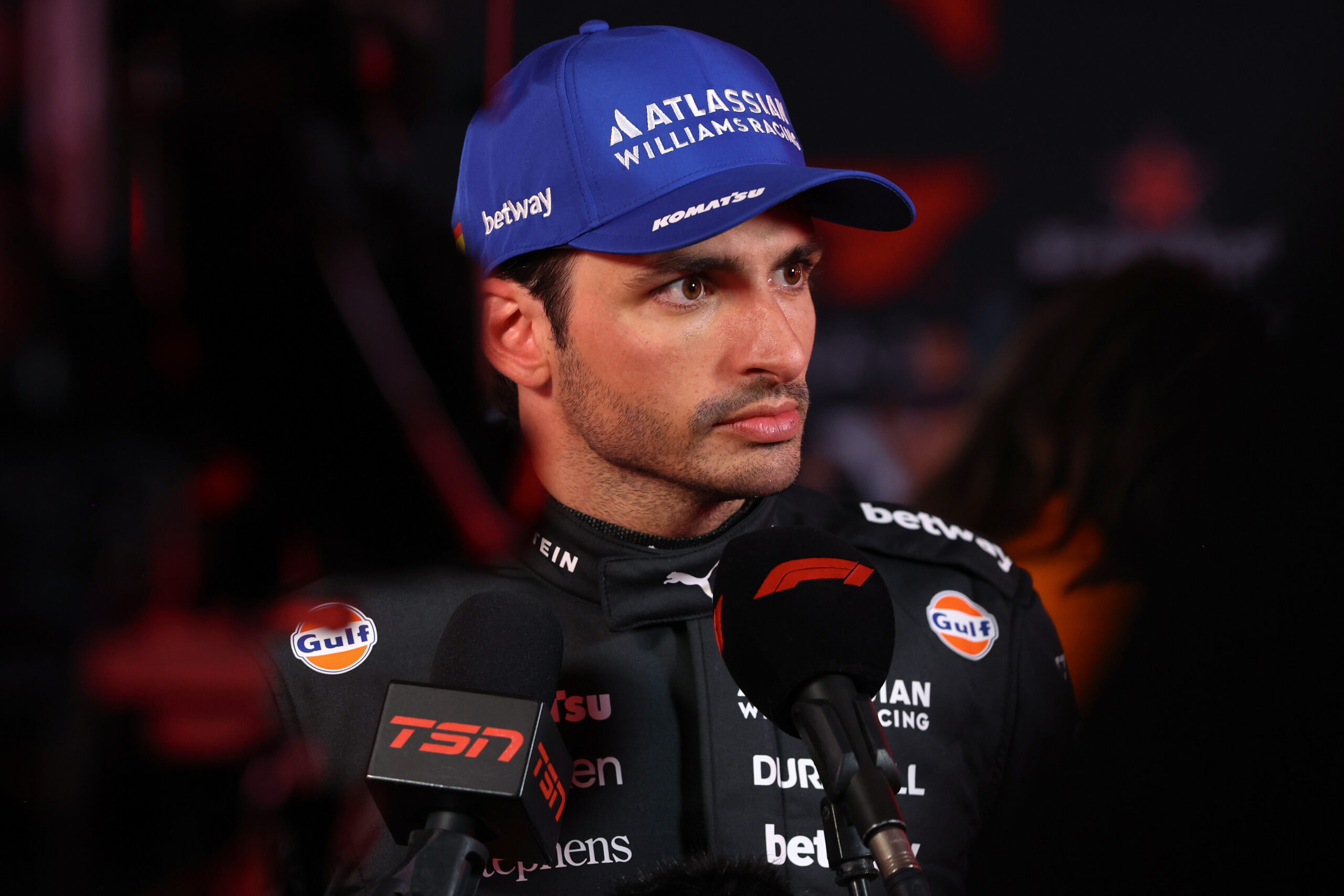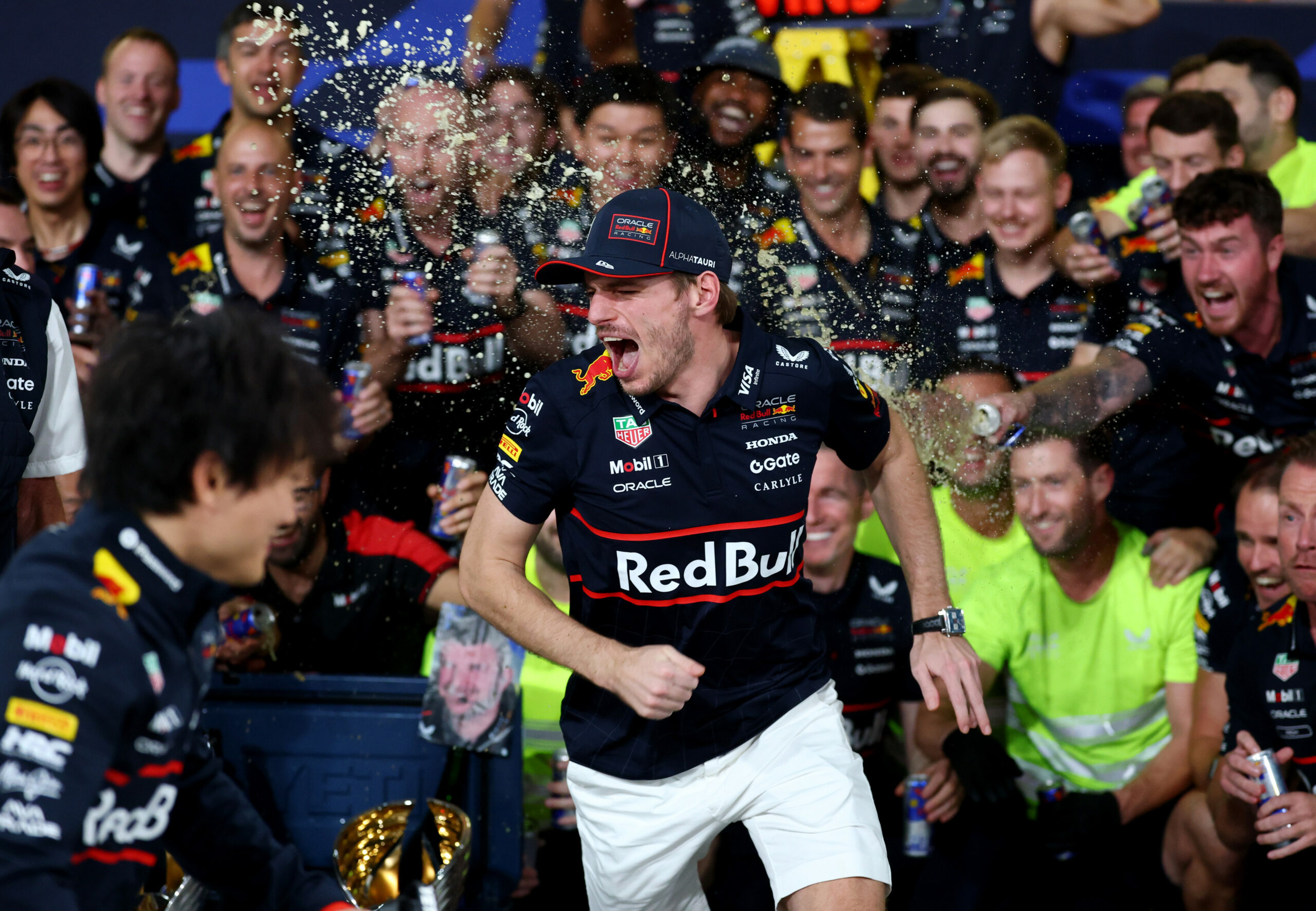Formula 1 has many trenches, we think mainly about the performance of the drivers and the directors, then some consider the efforts of the mechanics and engineers, and few, very few think about the people who play other rolesin the sport, for example, the designers.

Year after year we see the designs of the single-seaters change, some very similar, others not so much… we comment on the details that have changed from the previous year’s car and decide whether we like it or not, however, very few of us think about everything that is behind the design of any of them.
There are special occasions when cars change their livery, and this will be the case for the MCL60 for the Abu Dhabi Grand Prix. There may be other teams that decide to change their livery, but why are we referring specifically to McLaren? Well, because BAT, the Woking-based team’s main partner, has decided that VUSE (one of its brands) will run a programme in which underrated artists will have the opportunity to show their art to everyone by representing it on various platforms in the world of motorsport, one of them being the canvas of the F1 cars driven by the youngest duo on the grid.
This is the third year that this project has taken place, previously, the artists chosen in 2021. And 2022 respectively were: Rabab Tantawy and Anna, this year it was the turn of Saudi Arabian artist Nujood Al-Otaibi. The Saudi Arabian artist is a girl who began painting at the age of 3 and who, at a very young age, was diagnosed with a hearing disability, a circumstance that, far from preventing her from developing in the artistic world, she used as inspiration to express the challenges she has faced.
Like many, Al-Otaibi had to go through many stages in her artistic development. At first, it was hyperrealism that caught her attention, however, as the years went by, she decided to lean towards the abstract branch, a branch that she used to capture her art in the MCL60. In this design, the young woman uses her way of interpreting sound and the impact that nature has on her sense of hearing, representing the rolling sand dunes and the waves of the sea at the beach.
“I found a study on architectural acoustics and how sound plays a big role in physical places, such as large landscapes like fields, deserts and beaches. Because there are no walls, sound can travel anywhere and come back to me. This was really amazing and inspired me”.
“My art is inspired by two things, the first is my hearing impairment. The second is nature, specifically the beach. I think nature has a very powerful message. I combined these two inspirations into one artwork.”
Davide Virdis, an automotive media designer, has worked on previous editions of this initiative and 2023 has been no exception, as he is working closely with VUSE to translate the young Arab’s artwork to McLaren’s single-seater: “The closest comparison I could probably make for my role is that of producer,” he explains. “We work together with the artist and the McLaren team to come up with a design that works on what is a very, very fast moving object.”
“There are a number of challenges that arise when trying to turn someone’s artwork into a livery design. For example, paintings are almost always vertical, and a Formula 1 car is horizontal. You can’t take a piece of artwork and turn it 90 degrees, it doesn’t work like that. You have to adapt and work within the parameters that you are set”.
For Davide, there has to be a balance between being as faithful as possible to the original artwork and transferring it to the car in a way that appeals to the fans, but he confesses that what gives him the most joy is being able to represent these artists on the liveries: “It’s an honour,” he says. “You try to represent their work in the most respectful way possible, and for me it’s a great honour. It’s a very rewarding job. Collaborating with McLaren and using this platform to work with developing artists is a lovely thing to do.”

The project was far from simple, as they began to apply the art from last Sunday in Las Vegas with six people in the garage dedicated exclusively to this, who, little by little, worked the magic by placing the new art on parts that were not going to be used in that race, but that might be required in Abu Dhabi. These changes are regularly carried out at the factory in the UK, however, given the time pressure, short time and space constraints, the composites team undertaking the task will be doing it at the venue for the final race of the season, the Yas Marina Circuit.





